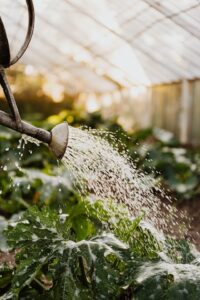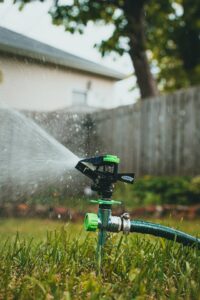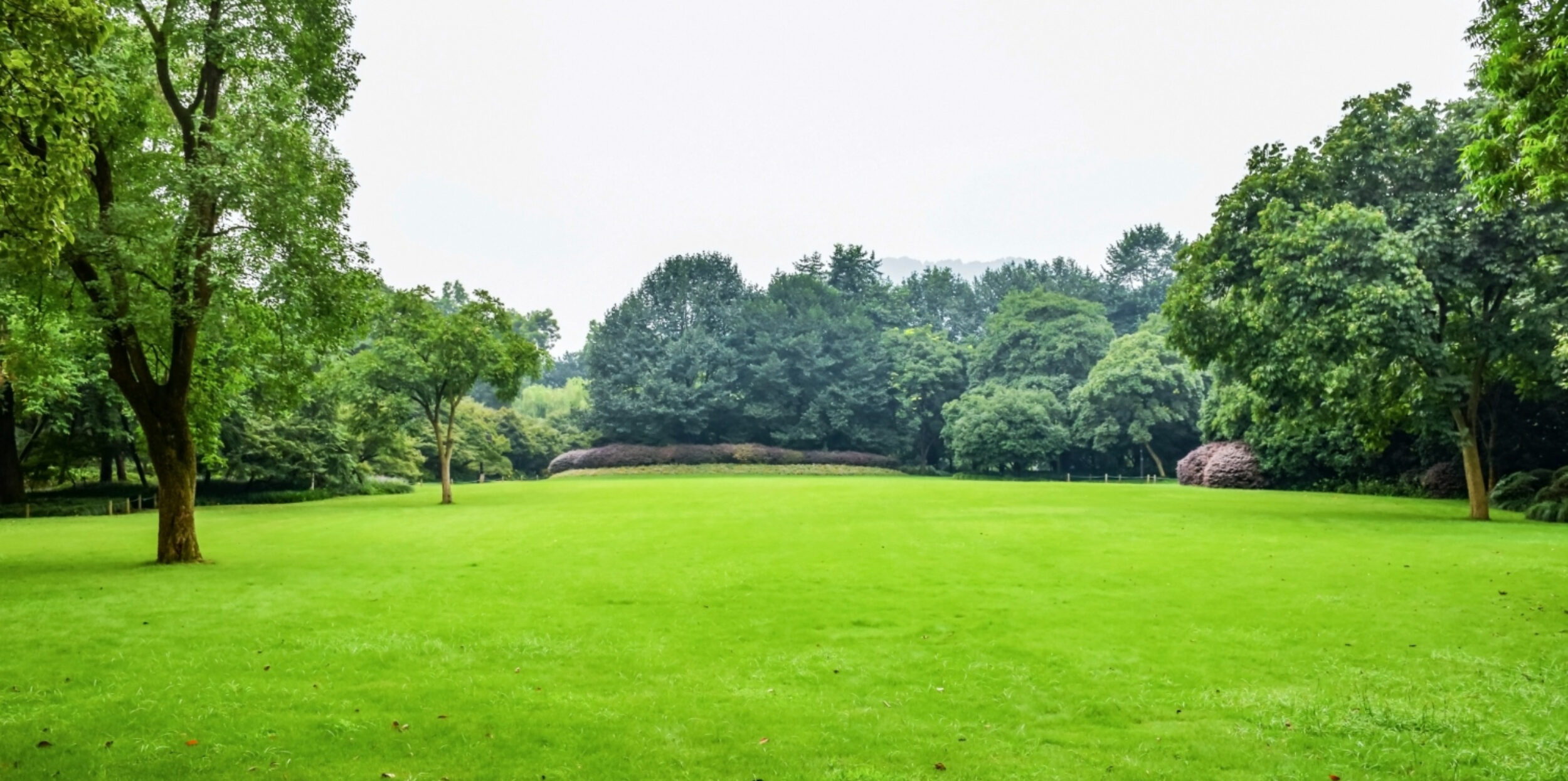 Watering is the other major lawn maintenance activity. Unlike mowing, it must be done infrequently but copiously, especially in summer. However, if your lawn is often dry and if it seems to require more watering than normal, this could have several causes:
Watering is the other major lawn maintenance activity. Unlike mowing, it must be done infrequently but copiously, especially in summer. However, if your lawn is often dry and if it seems to require more watering than normal, this could have several causes:
- The climate obviously: it goes without saying that the lack of rain, whether exceptional or linked to the region in which you live, will mean more watering of the lawn;
- Too many weeds: they are very hungry for water, which they can absorb quickly. To save water and energy, it is therefore advisable to get rid of it before watering.
- Too compact soil: the soil on your land, particularly if it is clayey, is too dense. In this case, the water cannot penetrate deeply, and the roots of your lawn even less. From then on, they are quickly filled and absorb less rainwater and watering water. It is therefore necessary to aerate the soil…
A felted lawn
Felt is the layer of residue that accumulates at the base of the lawn and then hardens. Not only does the felt prevent water from penetrating the soil, but it greatly encourages the proliferation of moss on its surface. In this case, it will be necessary to scarify the lawn.
Apart from these specific situations, your lawn still requires normal watering. The water should then be able to infiltrate to a depth of 10 cm to benefit all the roots of your lawn. And you will need to water on average once a week in spring and autumn and every other evening – maximum – in summer. Never water during the day but rather in the middle of the morning or the evening to prevent the water from evaporating.
On average, your lawn needs around 5 liters of water per m² per week. But the best indicators of good hydration are primarily a matter of common sense and observation. Water abundantly but in a small stream and regularly: there is no point in drowning land that has been absolutely dry for weeks. It is also not good to water land that is not yet dry. The lawn must not lack water. However, it must strengthen itself by deepening these roots. By not watering it, it dries out; by watering it too much, it weakens. Water regularly and always wait until your land is dry.
 Furthermore, during the summer, it is normal for the lawn to turn yellow: it is resting and must strengthen its roots. Water it normally. It will regain its beautiful color and growth rate with the first rains!
Furthermore, during the summer, it is normal for the lawn to turn yellow: it is resting and must strengthen its roots. Water it normally. It will regain its beautiful color and growth rate with the first rains!
Scarification and aeration
Aeration and scarification are two activities that can greatly improve the maintenance of your lawn. They don’t need to be done often, but there always comes a time when they are necessary. They both allow water and air to circulate to the depths of the earth, allowing your lawn to obtain water and nutrients.
The first, aeration, consists of using an aerator roller and aerator pads or perforating your soil every 15 to 20 cm with a spade fork. As its name suggests, aeration consists of restoring air to your land which may be too compact due to mowing, watering, and trampling. The roots of the lawn can actually tend to remain frozen in soil that is too cramped and not take advantage of the nutrients around them. In addition, the water flows poorly and is always in the same place, drying out the earth and your lawn… Aeration will then give it a facelift. You will see that it will be invigorated, that it will grow faster and better, and that it will need less watering.
The second operation, scarification, aims to get rid of as much organic felt as possible, which tends to cover the surface of the lawn over time. This, composed of a hard and compact layer of natural residues, prevents water from draining and encourages the proliferation of moss. Scarification then consists of incising the ground with a manual or mechanical Scarifier. Repeat the operation every year, preferably during the growing seasons, in autumn or spring. Always finish by raking to rid your land of moss and accumulated residue.…

